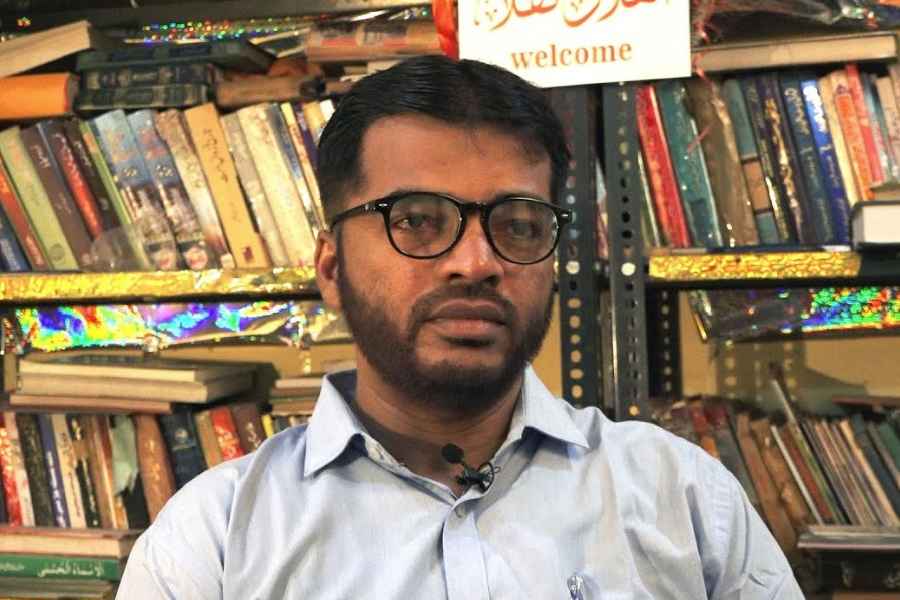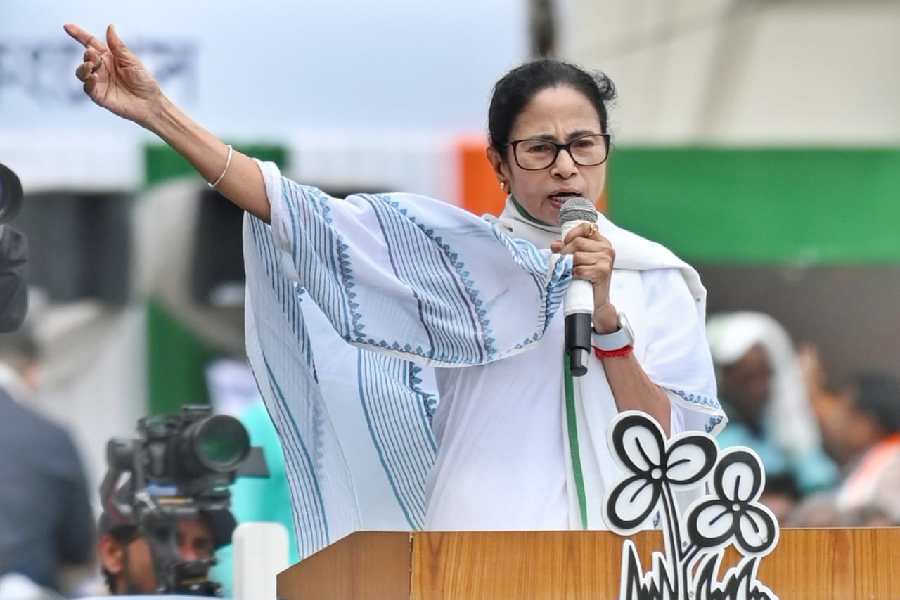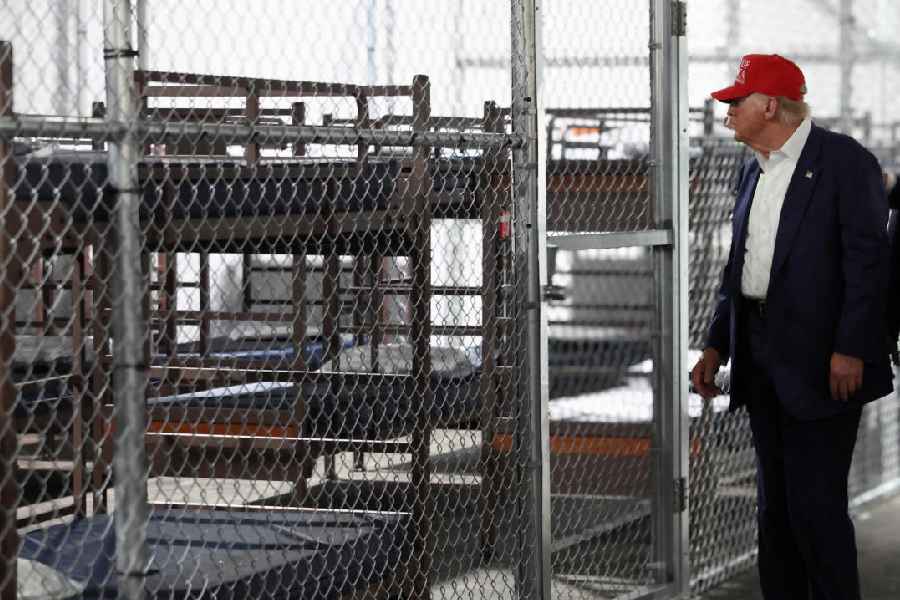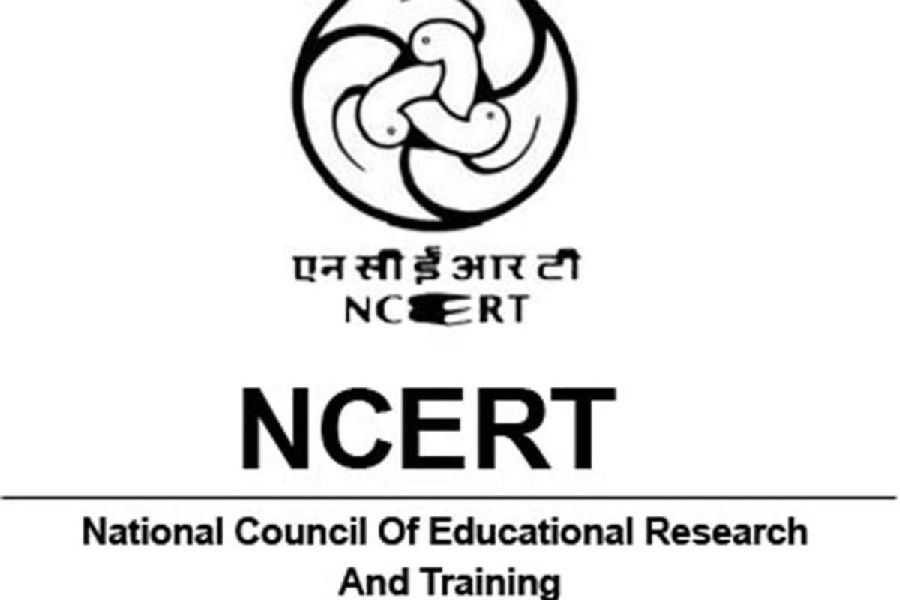Circa 1991: An economist with the World Bank, Washington DC.
 |
Circa 2006: One of India’s leading textile designers.
There are career switches and there are career switches, but Rahul Jain (in picture by Rashbehari Das) believes “what has to happen, has to”.
The turning point came in Kulu, where he was spending a summer vacation with family. “I saw a lady weaving a sari. That moment blew my mind. And life has never been the same since... Weaving is like gardening and cooking, not so much about the creation of a product from scratch, but more to do with the concept of time that she lived in. The moment that stretches from threading the loom to weaving a simple weft…” Rahul’s passion for textiles is all too evident.
Daunted by the “impossible” task of picking a suitable candidate for the Rs 1 lakh grant from BD Bangur Endowment’s Project Nirmaan, Rahul sits patiently across each candidate, trying to do his “best”.
“But the good thing is that I am in Calcutta. The city has tremendous character, a very strong identity and you can’t escape the sense of a continuously living culture, a rare feeling in a metropolitan city,” he says.
Rahul is definitely no stranger in Calcutta. Lots of family visits and two exhibitions at the Academy of Fine Arts later, Calcutta “almost feels like home”.
There’s one more reason why he “bonds” with Calcutta too. Bengal, he says is one of the earliest and best-known sources of cotton and silk textile of India. “In fact, the economy of Bengal was based on textiles for a minimum of 2,500 years.”
Karnataka might have overtaken Bengal, but this part of the country still scores high in Rahul’s book. “Also, one of the most spectacular textiles, the 14th to 19th century mulberry silk, is from Northeast India,” he adds.
Textiles, rues Rahul, suffer from a big problem all over the country and that is reflected among students here too. “They tend to treat textiles like canvas, more like a medium waiting for surface ornamentation. Textile design is much more than that. It is about refashioning the material. It involves an interesting, innovative and hopefully saleable way.”
More than the design and research angle, for Rahul textile is “like an external essential, truly second skin”, a fluid medium like air, much closer than metal or stone.
“But I really don’t know why people are obsessed with its preservation. Cloth is transient. Even its deterioration is part of its history — let it be,” he signs off.











